On Integral Facilitation Practice
My work as a facilitator has been primarily focused on diverse groups where multiple stakeholders need to come together around a shared purpose—often large international non-profits or multiple organizations.
In 2014 I faced a situation where two people had an intense conflict during a gathering I was facilitating and I felt terribly unequipped how to handle the conflict. It was a classical example of a multi-dimensional conflict involving institutional and economic power vs grass roots, gender and racial dynamics. That was a key experience that inspired me to study with Diane Hamilton and her colleagues at Ten Directions and become a Certified Integral Facilitator.
Integral Facilitation is a comprehensive practice that includes:
Being attuned to what is happening in the room between people in every moment
Working quickly and responsively with what emerges
Navigating different emotional states, instead of rejecting or getting stuck in them, both within oneself and in the group
Understanding levels of development, values and world views in groups and how to work with them
Taking perspectives and working with polarities
Much of my previous training as a facilitator was about learning to hold space for people to feel safe—space for emergence and transformation, space for chaos and order to coexist so creativity can go to work.
Diane Hamilton says: “In Integral Facilitation we need to give up on the concept of ‘holding space’ and become conductors of energy.” Explaining, “You can’t really hold space. Space is holding itself! And your job as a facilitator is to move energy within the space.” Bringing up polarities in a group is one practice that is as terrifying as it is enlivening and liberating, both for the facilitator and the group.
Diane teaches that polarities are “unavoidable, unsolvable, and indestructible” pairs of interdependent qualities and they are often the source of conflict. A group that can embrace diversity and polarities has a bigger capacity to be creative and innovative together than a group that prioritizes sameness.
Since the idea of polarities can be complex, here is an example of engaging polarities and the difference it can make:
I facilitated a three day workshop during a conference on the future of education with a group of about 20 diverse education experts. Participants included people working within and outside the conventional education system. Primary school teachers, to University professors, a superintendent, a director of a master’s program, and several education innovators working independently outside the education system.
As everyone in the group introduced themselves and why they were participating in the conference, I paid attention to some of the polarities and simply named them after everyone had spoken. Some of them were: inclusion vs. exclusion of students, need to keep up with the speed of change vs. depth of knowledge, challenge vs. support of students, advocacy for vs. embodiment of change. I said that we are working within a spectrum here and that we do not have to pick sides.
As our conversations progressed, the group had a tendency to want to get everyone on the same page, which created resistance. By naming polarities, without validating or privileging any and showing the importance of including both sides, the effect was the same each time: relief, more energy in the room and more creative conversations. The group felt more liberated.
At the end of the conference one participant came up to me and said that he found himself behaving very differently in this group. He explained that he was much less confrontational than usual and that he thought it was because that he did not feel the need to always bring in the opposite perspective. He also said that he was very impressed with the quality of the result of our work. By making the potential points of conflict visible to the group, we had created a greater harmony and more space for creativity.
(Summary of an older post first published on Ten Direction’s blog in 2015)
